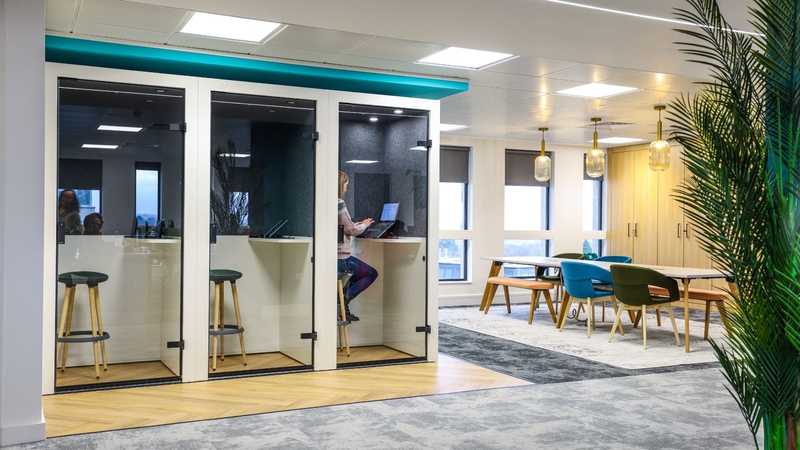5 Sep 2017
Industry Trends
Employee experience is the biggest trend in the workplace today, and its importance is only expected to grow in the coming years.
Improving the employee experience is good for business as it increases productivity, reduces turnover and helps attract the best talent. Millennials, in particular, expect their dream job to be enjoyable, engaging and rewarding – and they’re the future of the workforce.
But that’s not all. As one retail executive recently explained to Deloitte, “We used to prioritize our stakeholders as shareholders first, customers second, and employees third. We now realise we had it backward. If we put employees first, they in turn take care of our customers, and they in turn take care of our shareholders.” In other words, the experience of a company’s employees is just as important as (and possibly more so than) the experience of its customers. Not there’s any need to choose between them: happy employees create a happier experience for customers as well.
However, overall employee engagement, as measured by leading job site Glassdoor, has been flat year on year. The most important issue facing many companies today is a failure to realise the importance of this, which leads to them falling behind their rivals; the second most important issue is knowing that they have to improve but not knowing how. So, what are the most important areas in which a business can improve its employee experience?


Workplace First of all, it’s important to create an inspiring workplace. Tech companies in particular have led the way in this , working with star architects on hugely ambitious projects that are like futuristic cities in themselves: one might think of Apple’s ring-shaped campus in Cupertino by Norman Foster, which somewhat resembles a spaceship; or Facebook’s hiring of Rem Koolhaas’s OMA to expand its Menlo Park headquarters; or Google’s forthcoming headquarters in Mountain View and London, which have been dreamt up by Bjarke Ingels and Thomas Heatherwick. Beautiful buildings make a powerful statement.
But what’s even more important is to create a flexible, collaborative working environment within them: and the way to do this is by making sure the furniture and interiors are ideally suited to the practical needs of the staff, and harmoniously designed and inspiring as well. It’s also a good idea to include spaces for working together, for coming up with great ideas, for hanging out, for enjoying meals with colleagues, for exercising and so on. A person’s working environment has a huge impact on the quality of their work.
Design Thinking Just as essential as having well designed offices is embracing a design thinking approach regarding the way the work itself is organised. Management should watch how their employees work, regularly listen to their thoughts and suggestions, and learn ways in which their performance and engagement might be improved. The best companies improve their employee experience by taking inspiration from those that understand it best: their employees. Surveys are key to this. Figures show that 79 percent of companies survey their employees once a year or less – however, this is not enough for today’s fast-moving workplace.
Instead, management should be in constant communication with employees through open feedback systems and regular pulse surveys – meaning quick, short surveys that allow them to crowd-source opinion and take the pulse of how everyone’s feeling immediately. Fortunately, employee feedback is undergoing something of a revolution at the moment, with smart phones and network technology making pulse surveys much easier to organise than before.
Wellbeing In today’s society, wellbeing and experience are increasingly valued above money and possessions. Thus it’s important to provide a healthy work-life balance for employees, and this can be done by offering enjoyable fitness and recreational activities, as well as by utilising a new generation of wellness and fitness apps to help staff stay mentally and physically fit.
Furthermore, rewards and incentives should be about more than money and titles. Instead they might consist of holidays, paid leave, pampering days, training courses, time to work on projects one is particularly passionate about, opportunities to advance one’s career and so forth. Remember: happy, healthy employees make for happy, healthy businesses.
Holistic Lastly, when looking to improving the employee experience it’s essential to take a holistic approach. Rather than separating out the areas discussed above, they should all be considered together – employees experience work in a rounded, integrated way and so must their employers. By coordinating every aspect of their work and their workplaces, leading companies are able to offer an employee experience that is engaging, highly productive, meaningful and satisfying for all involved.
Come back next week to learn our “Top 10 ways to improve the employee experience”. Follow us on Facebook , Twitter and LinkedIn so not to miss it! Check out our range of awesome workspace furniture here to improve the employee experience in your workspace .
Share this article



























